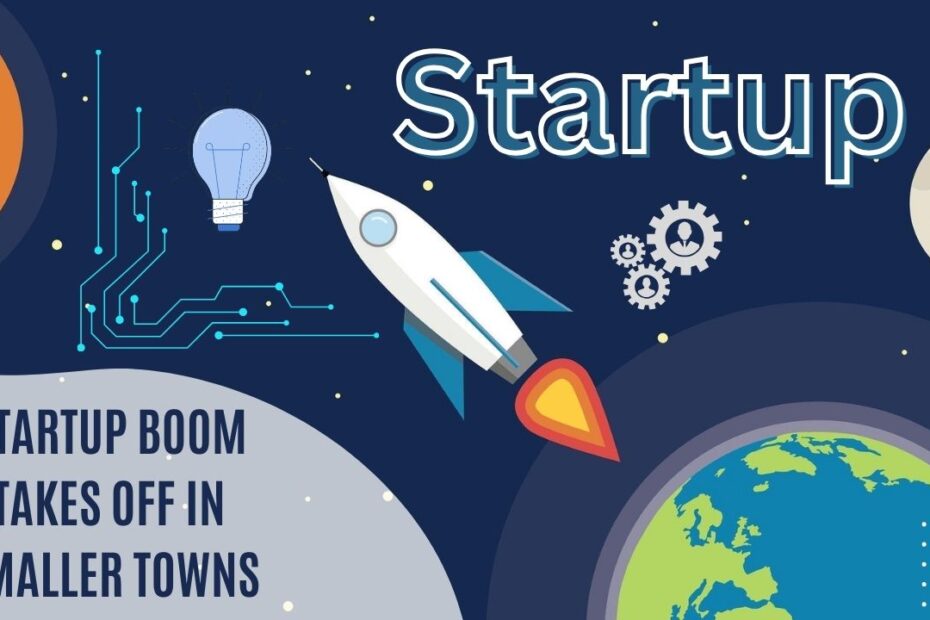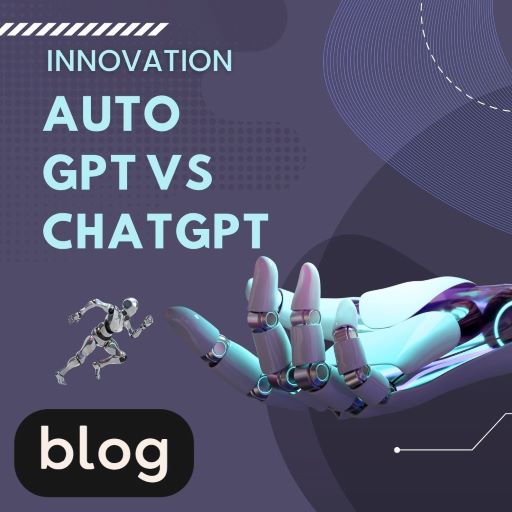Big Day for India’s Wallet: What to Expect in the Upcoming Budget!
Get ready, India! The government is about to announce its financial plans for the year, and it’s going to be a big one. Here’s a quick rundown of what everyone’s hoping for: New Government, New… Big Day for India’s Wallet: What to Expect in the Upcoming Budget!









